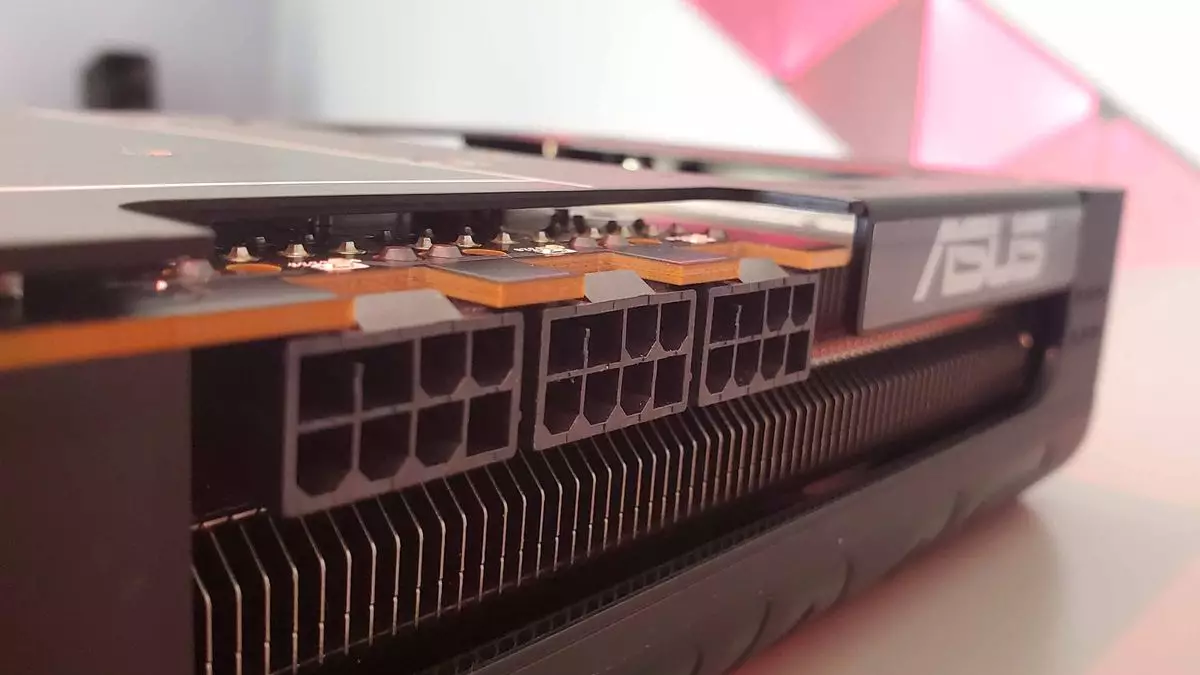As the tech landscape continues to evolve, we find ourselves in a familiar cycle—the GPU season—where technology enthusiasts anxiously await the arrival of affordable graphics cards following the launch of high-end models. Unlike previous cycles, the demand for entry-level GPUs has surged according to industry trends. This uneasiness is understandable, especially when considering that the market remains in chaos. Nvidia and AMD, the titans of graphic processing, have yet to make any official announcements regarding new low-end cards. Still, a multitude of rumors and leaks are surfacing, raising hopes for a revitalization of the graphics card space.
A noteworthy development has been reported by the known hardware leaker harukaze5719, indicating that the South Korean National Radio Research Agency (RRA) has classified variants of the upcoming Gigabyte RX 9060 XT graphics cards. Both 8 GB and 16 GB models have reportedly received certification, hinting at a promising diverse offering expected to launch soon.
The Rise of RX 9060 XT and RTX 5060 Ti
What’s intriguing about this leak is not just the mention of varying configurations but the potential implications for competition in the graphics card market. The RX 9060 XT series appears to be targeting a price range around $300-$350, which could position it as a direct challenger to the Intel Arc B580 and existing last-gen Nvidia GPUs. For gamers and professionals on a budget, this could mean access to more capable hardware without the crippling prices that have characterized the market.
In a parallel development, listings for various RTX 5060 Ti models from MSI have also come to light—confirming the release of 16 GB cards and suggesting the possibility of 8 GB alternatives. Both AMD and Nvidia are aware that the GPU landscape is in dire need of revitalization, particularly when it comes to affordable options that cater to a broader audience rather than just high-end users.
The Role of VRAM and Performance Concerns
One of the most contentious issues in recent GPU discussions has revolved around VRAM capacity. As software and gaming requirements grow ever more demanding, the notion that 8 GB of VRAM may no longer suffice is a prevalent concern. However, if AMD can position an 8 GB RX 9060 XT competitively against its Intel counterpart while leveraging the expected capabilities of RDNA 4, it might just swing the perception of mid-range GPUs into a more favorable light.
The introduction of enhanced drivers and consistent gaming performance coupled with lower price points could serve to entice even the tightest wallets. The prospect of attaining robust gaming performance without breaking the bank is a tantalizing one, especially as the ongoing efforts by both AMD and Nvidia seem to be focused on addressing quality and affordability simultaneously.
Price Wars and Availability Issues
While the excitement over new product offerings is palpable, potential consumers must navigate the current reality of GPU procurement. AMD has hinted at delivering more affordable RX 9060 graphics cards by the second quarter of 2025. However, historical patterns suggest that AMD may opt for a conservative release strategy, aiming to keep their trump cards hidden until launch day. Although competition in the form of price wars is essential for maintaining fairness and affordability in the market, it seems the market has more hurdles to clear.
Moreover, a dishearteningly persistent challenge remains—the struggle to find any AMD graphics cards near their Manufacturer’s Suggested Retail Price (MSRP). Reports suggest a severe mismatch between supply and demand, which leads to skepticism over AMD’s claims of value propositions. Until stock levels stabilize, consumers may find themselves paying inflated prices, exacerbating frustrations.
A Glimmer of Hope in Shattered Illusions
Amid these uncertainties, there’s a growing sense of frustration from the gaming community, which has become accustomed to juggling exorbitant prices for average hardware. The whispers of new entries into the market bring an enticing glimmer of hope, but that hope is often challenged by the stark realities of availability and pricing chaos. It isn’t unreasonable for consumers to desire a GPU landscape where obtaining moderately priced, capable graphics cards is feasible and not marked by disappointment.
As we anticipate the arrival of entry-level offerings, it remains to be seen if AMD and Nvidia can catalyze a shift back toward normalcy. The ongoing crux is simple yet complicated; all we desire is quality and performance within the realm of affordability. Until then, speculation and hope will continue to reign supreme as we cautiously hope for a turnaround in the beleaguered GPU ecosystem.

